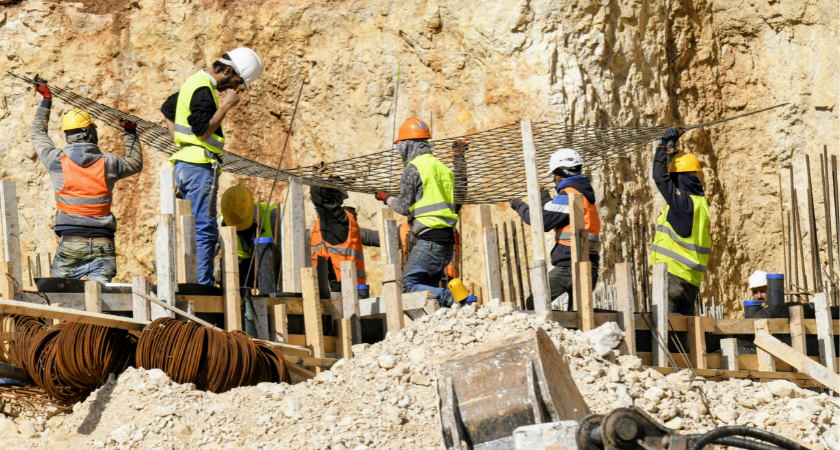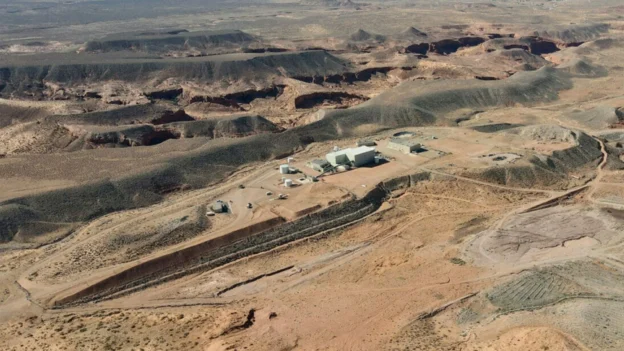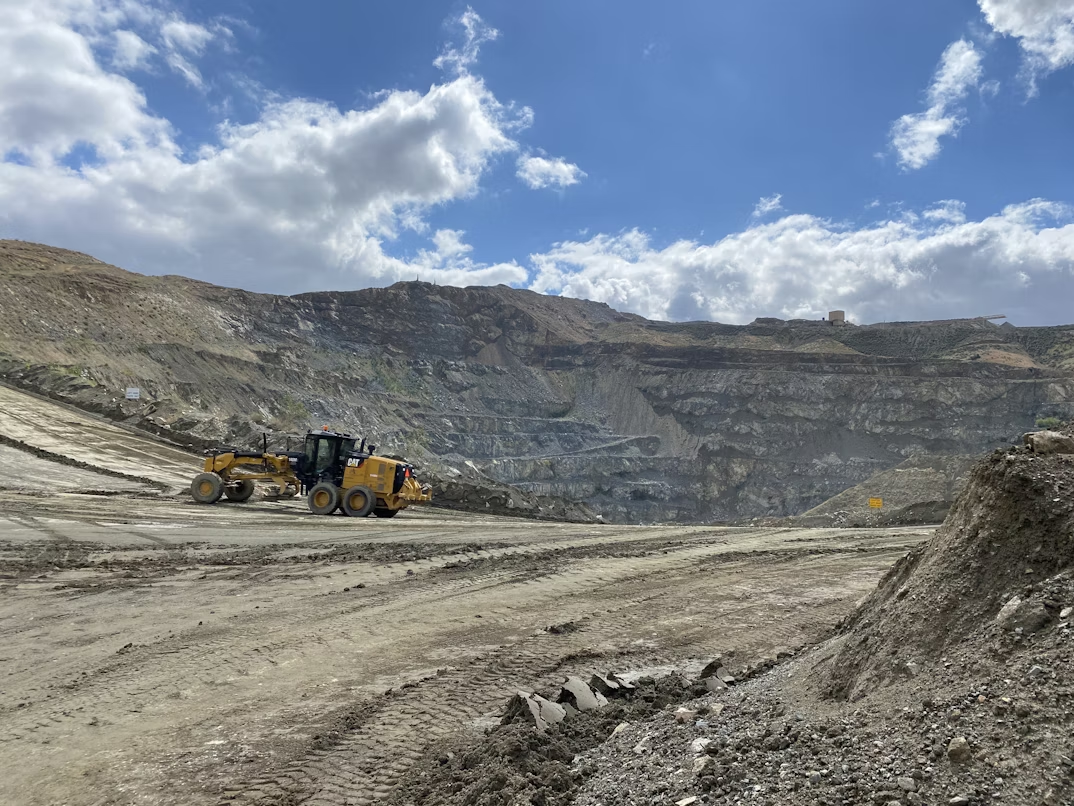
Anfield Energy has officially received construction approval from the Utah Department of Oil, Gas and Mining (DOGM) for its Velvet-Wood uranium and vanadium mine, marking a pivotal step toward reviving one of the region’s historic nuclear fuel sources.

This clearance builds on an earlier environmental permit granted by the U.S. Department of the Interior, giving the company full regulatory alignment at both the state and federal levels. With this milestone achieved, Anfield plans to post the required reclamation surety bond with the Bureau of Land Management (BLM), enabling formal site development to begin immediately.
Located in Utah, the Velvet-Wood project combines legacy mining history with new production potential. The site previously yielded approximately 4 million pounds of U3O8 uranium oxide and 5 million pounds of vanadium pentoxide (V2O5) during operations in the 1980s.
Today, Velvet-Wood boasts:
The project is also supported by Anfield’s Shootaring Canyon processing plant, one of just three conventional uranium facilities currently licensed in the United States. Its proximity to the mine gives Anfield a streamlined pathway from extraction to processing—an increasingly critical advantage as the U.S. seeks to reduce dependence on foreign nuclear fuel imports.

With U.S. uranium consumption now exceeding 22 million kilograms annually and domestic production accounting for less than 1%, the federal government has intensified efforts to rebuild America’s nuclear fuel supply chain.
In this context, Anfield’s combination of in-place infrastructure, proven resources, and regulatory compliance offers what the company describes as a “competitive advantage in the U.S. nuclear power supply cycle.”
Regulatory momentum in 2025 has strongly favored nuclear power as part of America’s clean energy transition, creating a favorable environment for projects like Velvet-Wood.
Anfield’s Plan of Operations, submitted to both state and federal regulators, outlines:
These measures underscore the company’s commitment to responsible development, addressing both energy security and environmental stewardship.
Originally reported by Joshua Falcon in Inspenet.